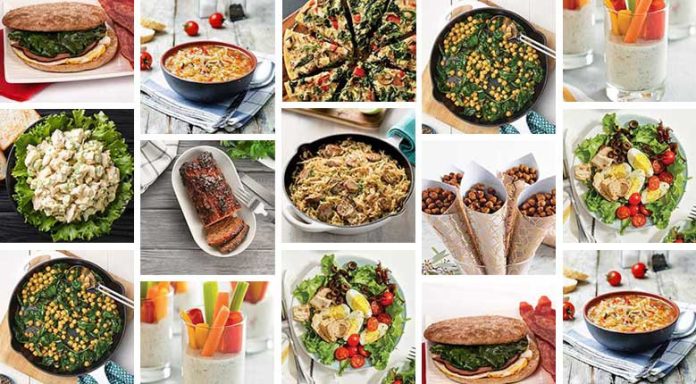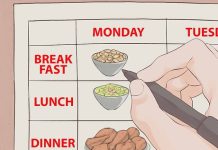Create a table that helps me plan lunches for a week.
Planning your weekly lunches can be a transformative step towards a healthier lifestyle, saving you time and money while ensuring balanced nutrition. In this article, we will guide you through creating a table to help plan your lunches for the week, with detailed steps and practical advice.
Table of Contents
ToggleStep 1: Determine Your Dietary Needs
The first step in planning your lunches is to consider your dietary preferences and requirements. Are you following a specific diet like vegetarian, vegan, low-carb, or gluten-free? Do you have any allergies or intolerances? Understanding your dietary needs will guide your meal choices and ingredient selection.
- Proteins: Chicken, beef, tofu, beans, lentils, fish
- Vegetables: Broccoli, spinach, carrots, bell peppers, zucchini
- Grains: Rice, quinoa, whole wheat pasta, couscous
- Healthy Fats: Avocado, nuts, seeds, olive oil
Step 2: Plan a Variety of Meals
To avoid monotony, it’s essential to include a variety of meals in your weekly plan. Aim for a mix of proteins, vegetables, grains, and healthy fats. Here are some meal ideas for inspiration:
- Monday: Grilled chicken salad with mixed greens and a vinaigrette dressing
- Tuesday: Quinoa bowl with black beans, corn, avocado, and a lime dressing
- Wednesday: Turkey and cheese wrap with a side of carrot sticks and hummus
- Thursday: Lentil soup with a side of whole grain bread
- Friday: Baked salmon with roasted Brussels sprouts and sweet potato
- Saturday: Veggie stir-fry with tofu and brown rice
- Sunday: Chicken and vegetable pasta with a light tomato sauce
Step 3: Create Your Lunch Table
Now that you have a variety of meals in mind, it’s time to create your lunch table. This table will help you organize your meals for the week, ensuring that you have all the ingredients you need and avoid last-minute decisions.
| Day | Main Dish | Side Dish | Notes |
|---|---|---|---|
| Monday | Grilled chicken salad | Mixed greens, vinaigrette | Prepare chicken on Sunday |
| Tuesday | Quinoa bowl | Black beans, corn, avocado | Cook quinoa in advance |
| Wednesday | Turkey and cheese wrap | Carrot sticks, hummus | Use whole grain wrap for extra fiber |
| Thursday | Lentil soup | Whole grain bread | Make a big batch to last a few days |
| Friday | Baked salmon | Roasted Brussels sprouts, sweet potato | Season salmon with lemon and herbs |
| Saturday | Veggie stir-fry | Tofu, brown rice | Use a mix of colorful veggies |
| Sunday | Chicken and vegetable pasta | Light tomato sauce | Use whole wheat pasta for added nutrients |
Step 4: Prepare in Advance
Preparation is key to sticking with your meal plan. Set aside time during the weekend to prep your ingredients. This might include washing and chopping vegetables, cooking grains and proteins, and portioning out meals into containers.
- Batch Cooking: Cook large portions of proteins and grains to use throughout the week.
- Chopping Vegetables: Prepare vegetables in advance and store them in airtight containers.
- Meal Containers: Use portioned containers to store each meal, making it easy to grab and go.
Step 5: Stay Flexible
While planning is crucial, it’s also important to stay flexible. Life happens, and sometimes you might need to swap meals or adjust your plan. Keep a few backup options like canned soups, frozen veggies, or quick-to-make sandwiches on hand for those unexpected days.
Creating a table to plan your weekly lunches can simplify your life, ensuring that you eat well-balanced meals without the daily stress of deciding what to eat. By determining your dietary needs, planning a variety of meals, preparing in advance, and staying flexible, you can make your lunchtime routine more enjoyable and efficient. Happy planning!








